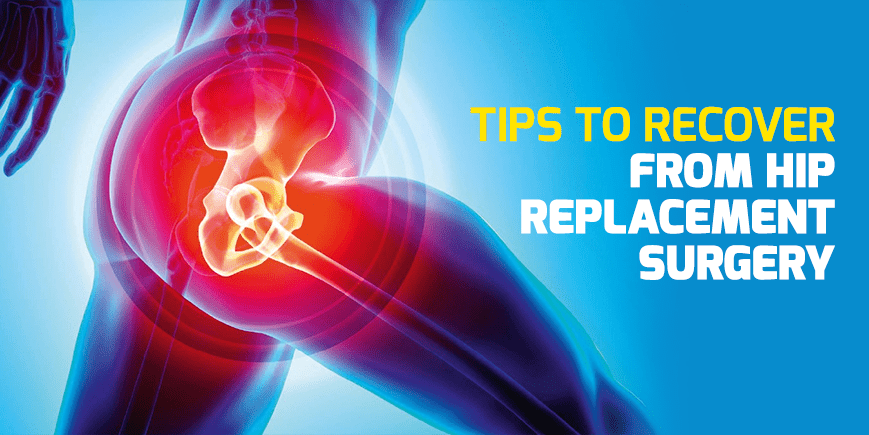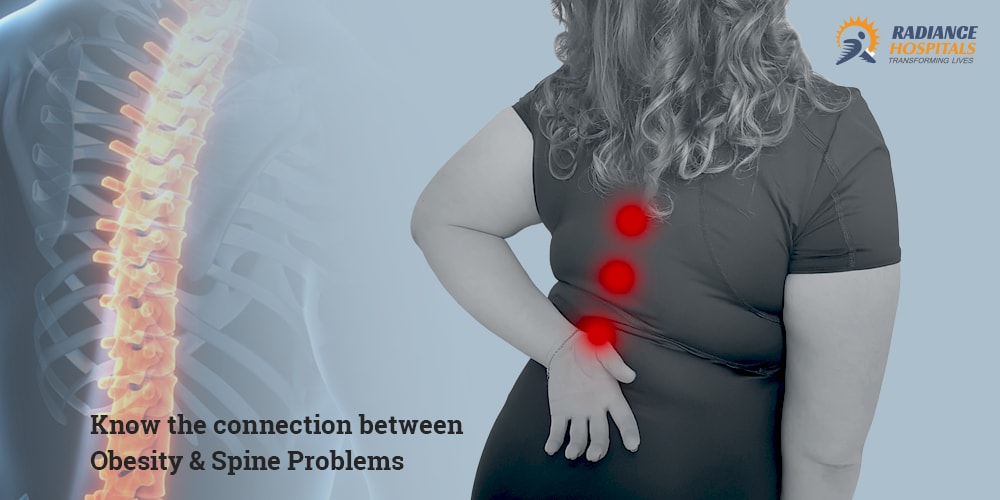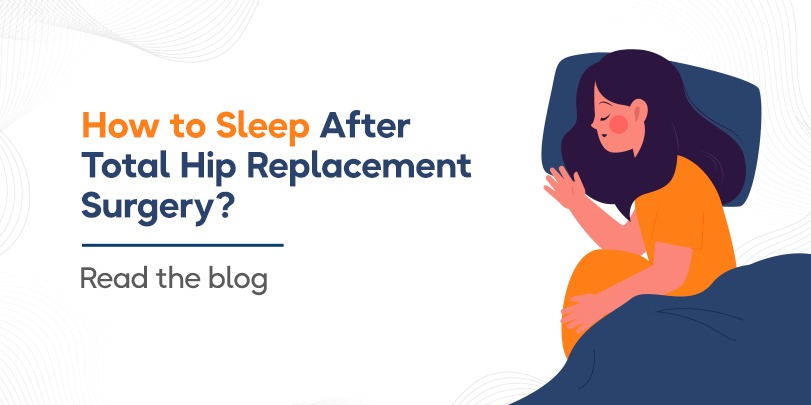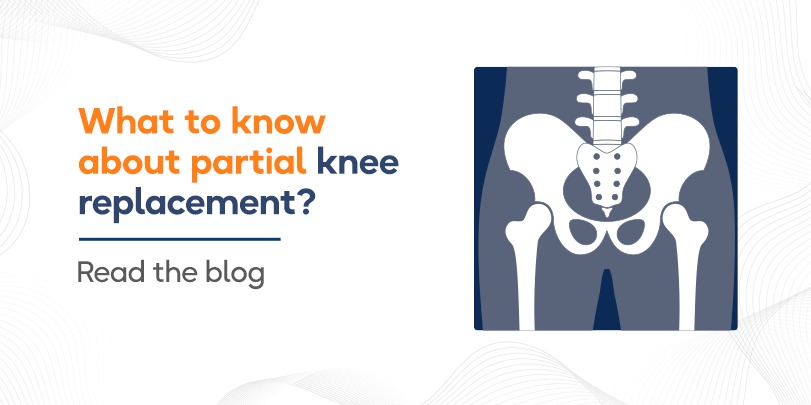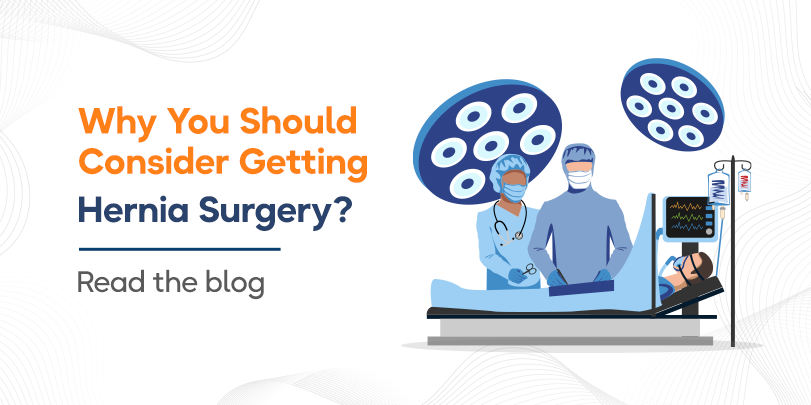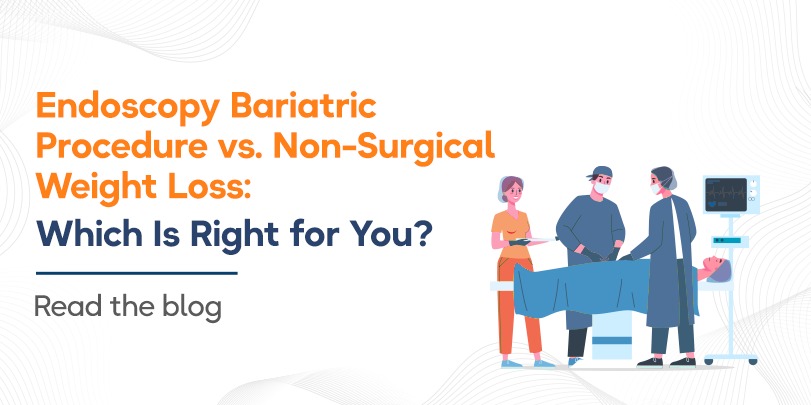If you’re thinking about doing hip replacement surgery, you need to be prepared for what comes after the surgery. Hip replacement is a life-changing surgery which substantially improves your quality of life. It helps you get back to your normal routine with no pain. Hip replacement surgery is usually done when any other Conservative treatment hasn’t worked quite well for your hip problems. This procedure completely removes the hip joint and replaces it with an artificial one made up of plastic, metal or ceramic. It is considered a minimally invasive surgery but you still need to take proper care after the surgery to let it heal.
Hip replacement surgery is a successful procedure with more than 90% success rate in India. The road to recovery is a long one but if you follow proper guidelines, there is no need to worry about it. These are some of the tips to recover from hip replacement surgery.
Make preparations at your home
Even before your surgery, prepare your home for your recovery so that you come to a conducive environment. You can take help from your family to rearrange your home to have a proper and easy access to everything. You have to remodel your bathroom in such a way that everything is reachable and the important things like the toothbrush are above waist-level. If possible, install western toilet in your home. Don’t jump into household chores when you arrive home after your surgery. Take some time off and take others help in those daily tasks.
Have a good mix of rest and exercise
It is a thin line to walk between rest and exercise. You would like to be in bed rather than doing exercises but it can be dangerous for you. It is important to rest to give yourself time to recover. But it is also equally important to do light physical movement. If you give yourself too much rest, your hip can become stiff which can hamper your recovery. It might increase the recovery time and raise more problems. Gentle exercises like yoga, short walks and stretches are highly beneficial.
Consult a physiotherapist for exercises
Exercise is very important to recover from hip replacement surgery but you have to be careful as wrong form and movement can be dangerous to your healing hip. You need to take help from a professional physical therapist who can guide you through the whole exercise regime. Physiotherapists are trained professionals who know exactly what kind of exercises would work best for you while monitoring your progress. They help you in exercises and also teach you stretches to do on your own.
Take some time off from work
This goes without saying but you need to take some time off to recover from your hip replacement surgery. You need to allow yourself to recover fully before you get back to your work. If the work demands low physical stress, you can start by doing little things but it is advisable to give yourself rest and rehabilitation as advised by your doctor after your surgery. This period can be stretched longer if your job is physically demanding. One other thing to consider is how you travel to work. An alternate way can be considered if the way to work is too bumpy.
Focus on eating well not more
If you’re sitting down all day, it is understandable to feel bloated. Focus on eating good and wholesome meals rather than junk food. A balanced diet is very important for recovery. Healthy diet improves your overall health and helps your body heal. Eat a wholesome meal having all the important nutrients like protein, carbs, fats, vitamins, and minerals. Do not attempt to lose weight at this stage. You can always lose weight when you’re fully recovered.
The road to recovery might seem long and hard but it is on you to follow it properly. If you follow all the precautions given by your surgeon, you will be back to your normal days in a very short time without having any complications. At Radiance Hospitals, surgeons provide complete pre and post-operative care for all the patients. Contact us for hip replacement surgery now.

